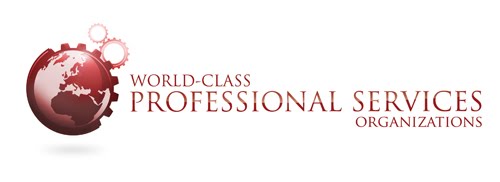In my last role before starting Sophity, I managed a team of program managers who are responsible for working with clients to evolve and mature their programs that leveraged our companies products. While my team of program managers were not sales people in the traditional sense, they were in a role, that if executed effectively, would likely lead to an increase in our company’s product sales. They were aware of this impact and were compensated for it. Needless to say, there was a lot of pressure on the team to contribute and to ensure all of their clients renewed their SaaS subscription (product) and even grew their spend on the SaaS product year after year.
As their manager, I would often probe to understand what risks they saw and how they were going to mitigate those risks. I’d also looked to understand how each program manager was going to ensure renewals and drive growth within the account.
Unfortunately, many of the program managers didn’t quite understand their role as the Pied Piper in this dynamic. Many thought they needed to push their customers to take certain actions: “I know what they need to do, and I have told them, but they just aren’t doing it. I am pushing as hard as I can.”
What’s wrong with this approach? I can see a few issues:
- First, power begets power. If you push someone, they are going to push you back. Our clients, as inexperienced or ignorant on the subject they may be, don’t always see themselves that way (and, frankly, many of them are not - they know as much or more than you), and will take offense when you push them to do something before they feel you really understand their world, their constraints, the political environment, or anything else that will affect the path forward.
- Second, the best way to get someone to do something is to have them come up with it on their own and buy into it as the right thing to do. Pushing your ideas and agenda on your client flies directly in the face of that philosophy, and it is rare that it will succeed. You need to, in the words of Peter Block (I use this quote often), “help your customer ask and answer their own questions,” not give them the answer to the question you just asked or think they should be asking.
- Third, you run the risk of alienating your client because “you don’t understand our situation; we aren’t like all of your other clients.” Let’s face it, as consultants, we often see different clients making the same mistakes as others with whom we have worked. Its easy to assume that “this client” is “just like the last client” and simply prescribe the same solution. Could you imagine your doctor doing that? The thing is, though, there is always something different with this client than the last. It maybe a subtle nuance that, ultimately, has very little to do with your recommended solution, or it could be quite significant and game changing. Its your job to figure that out in the process of consulting. (Patrick Lencioni wrote Getting Naked on this very topic, and it is worth the read.)
So what do you do? You start by understanding as much as you can about your client. The first things you are likely to learn are the symptoms of the problem (framed as the problem) from the customer’s perspective. Dig deeper to learn the root cause of the problem and anything else you can.
As you learn more about the client’s situation, you can draw on previous experiences and offer up potential solutions. You should not simply share the one you think is best, share those that you think are the most viable and talk with your client about the pros and cons of each - which will succeed and which will fail at this organization and why. (Knowing “why” is critical as you work with your client to find the best solution.) Use your powers of influence to help the client see the value and risks associated with each option you presented, and be open to the client suggesting other options based on what they have learned from you. At the end of the day, your job is to facilitate a solution and help the client commit to solving it. As Patrick Lencioni says in Getting Naked, “don’t fall in love with your work and ideas and push your clients to do it your way.” Be the Pied Piper - lead them through a process and help them buy in to a solution that will work best for them. You will win their respect and credibility in the process, allowing you to expand your relationship with them over time.
